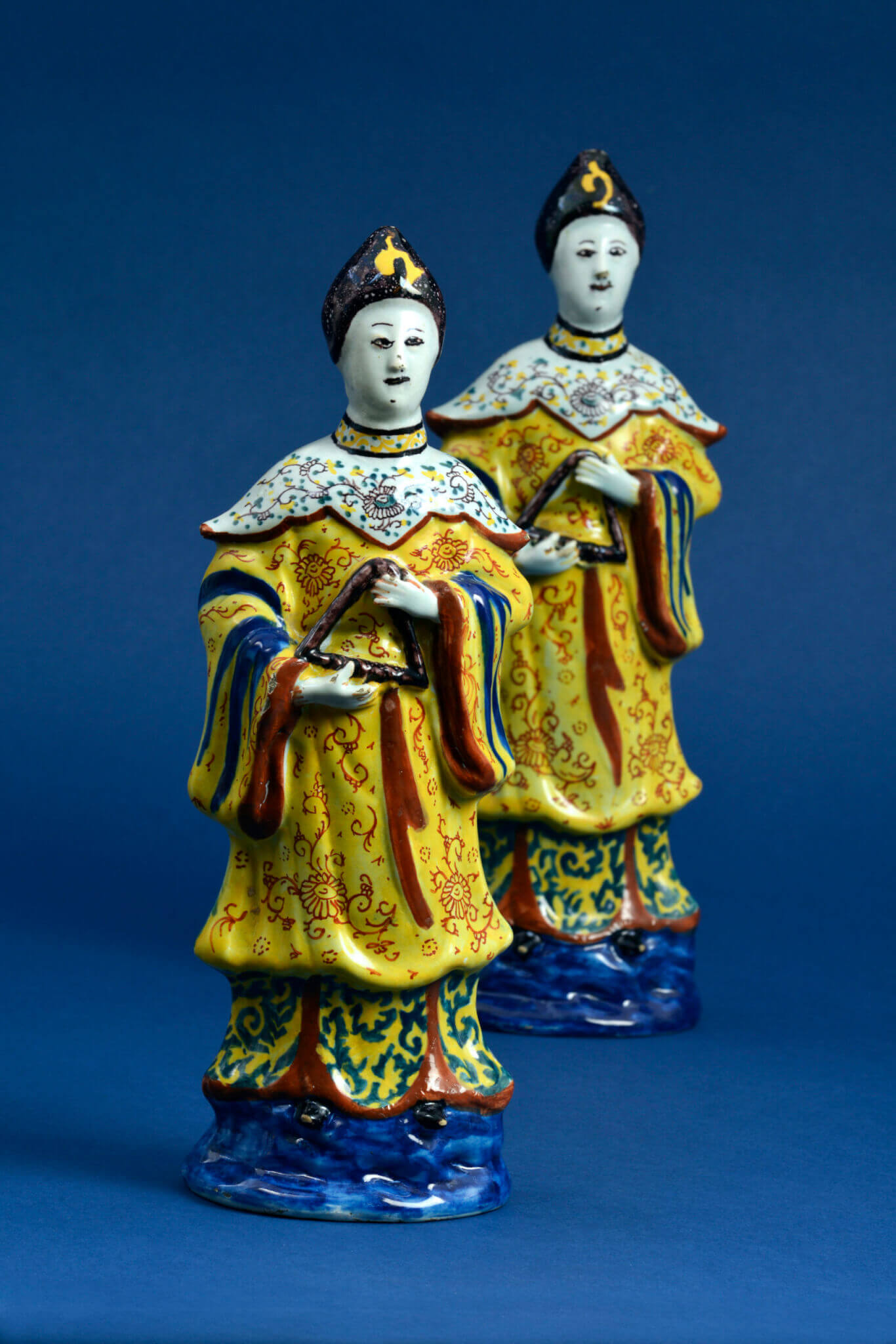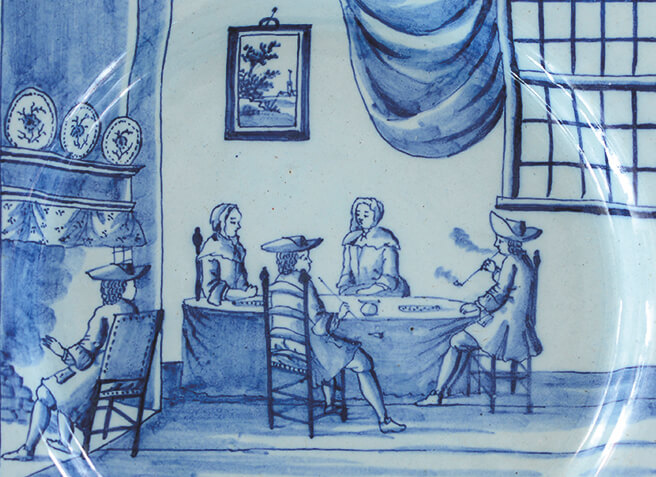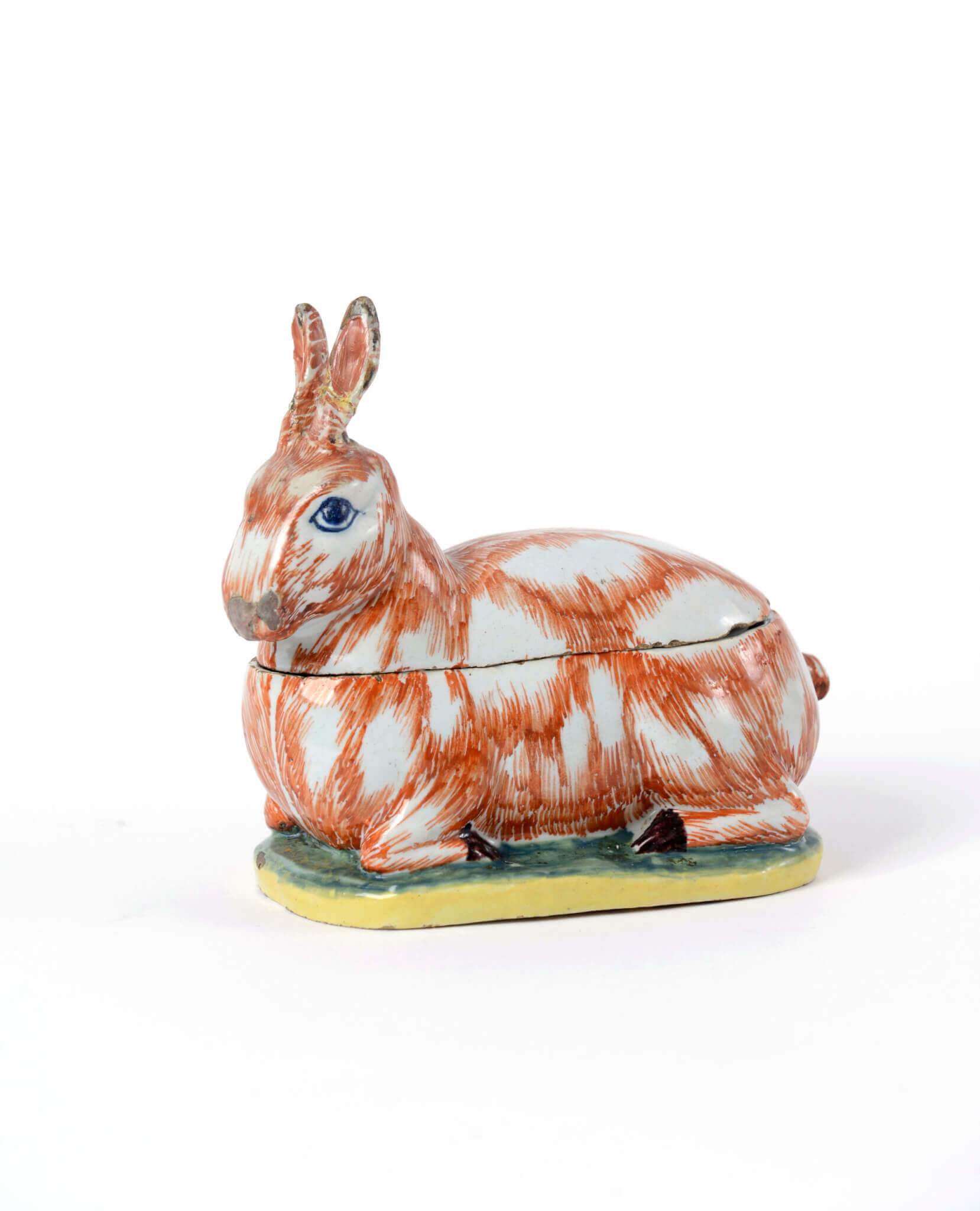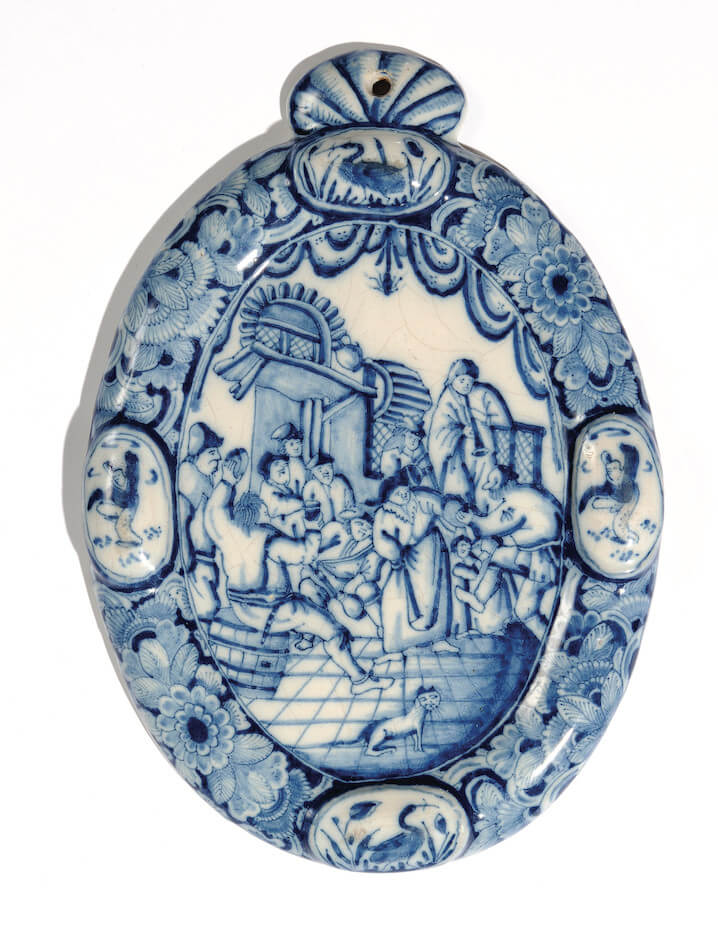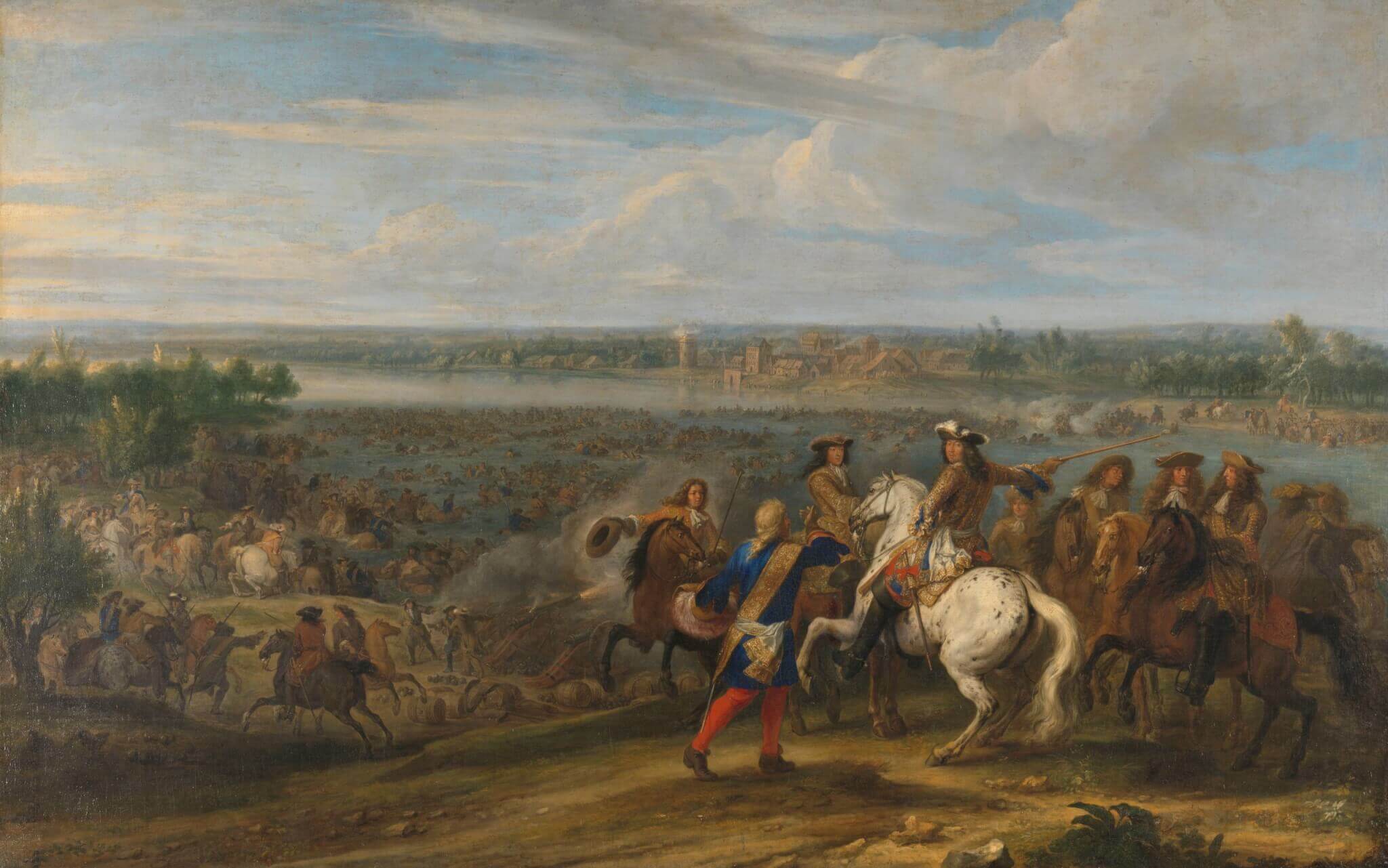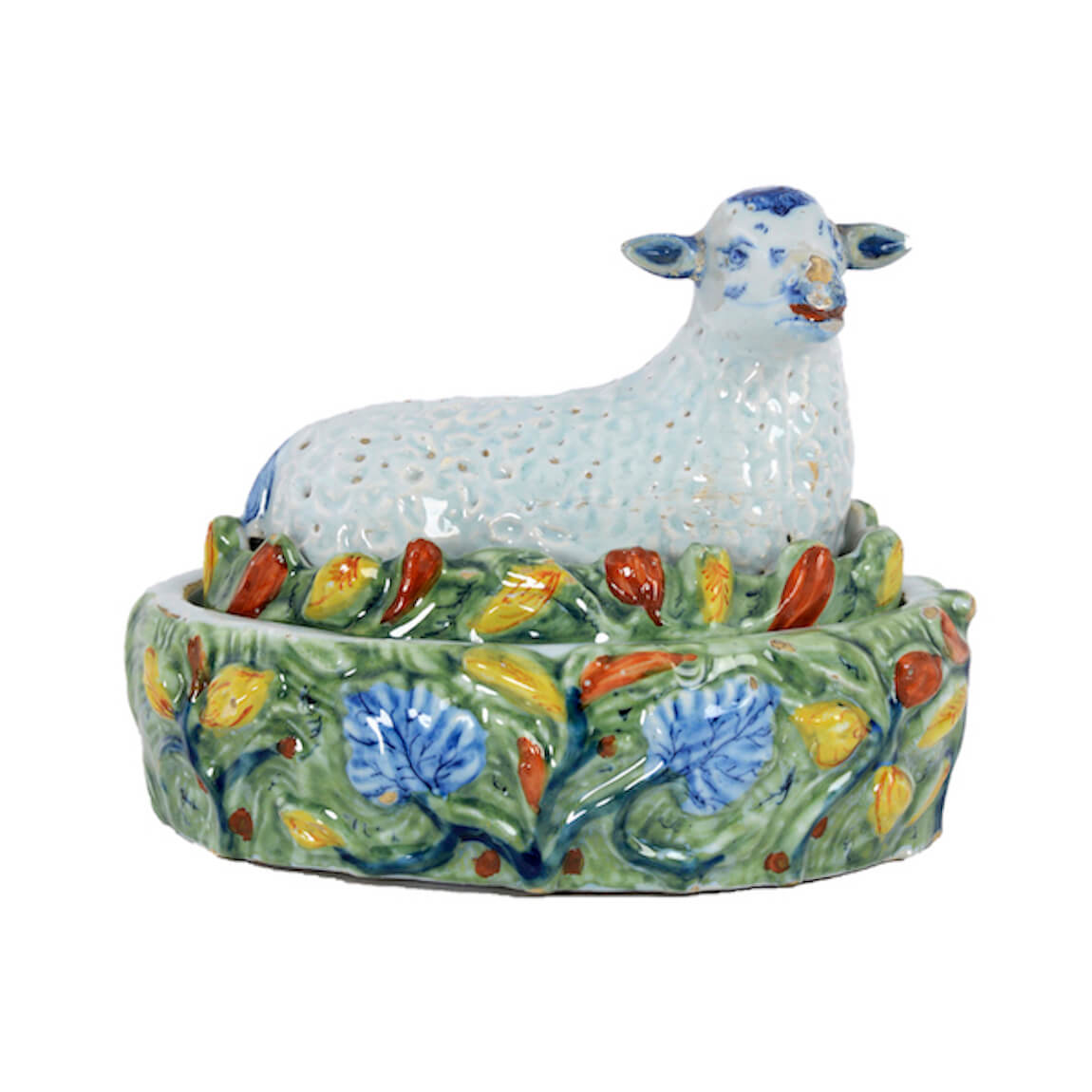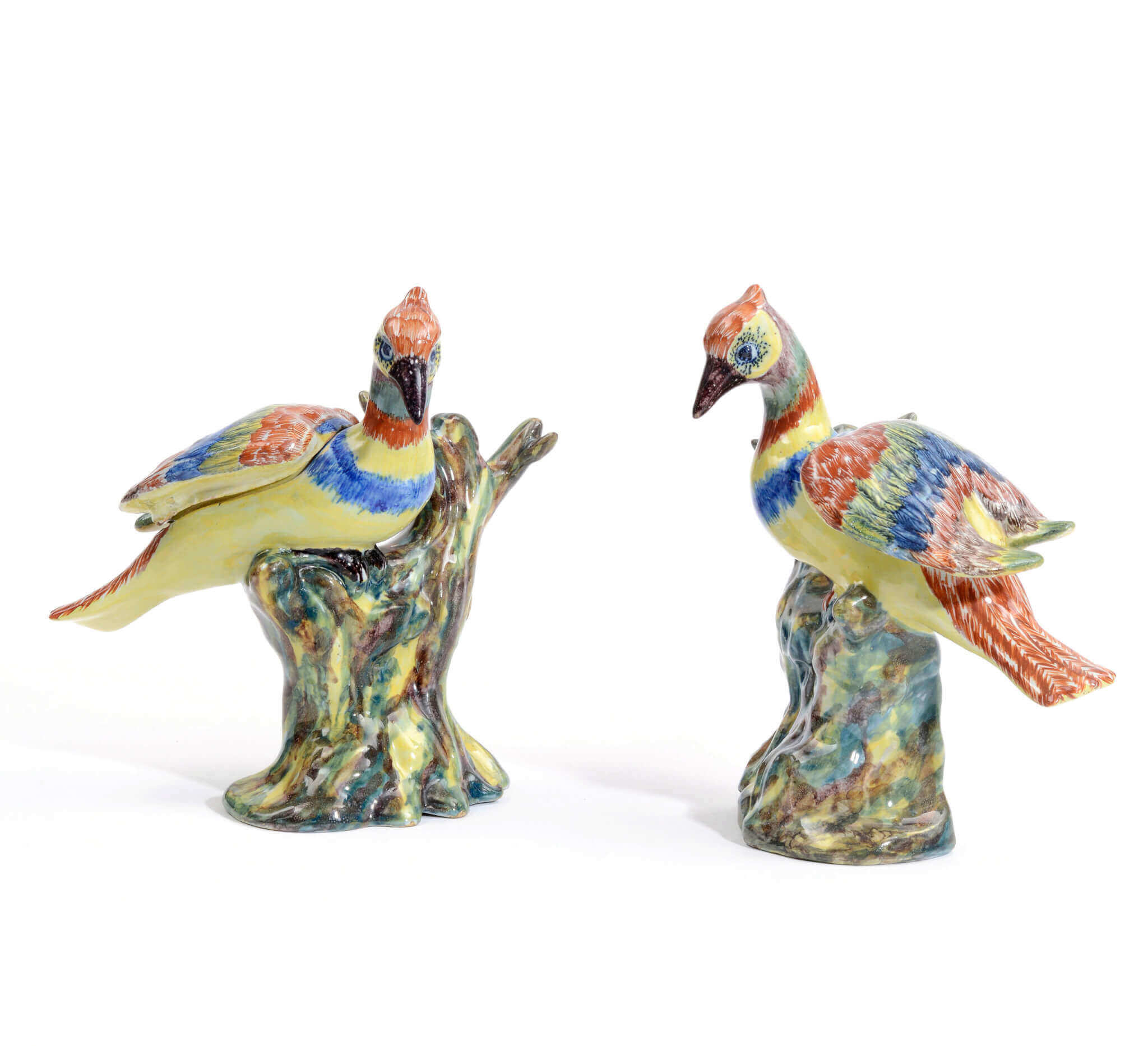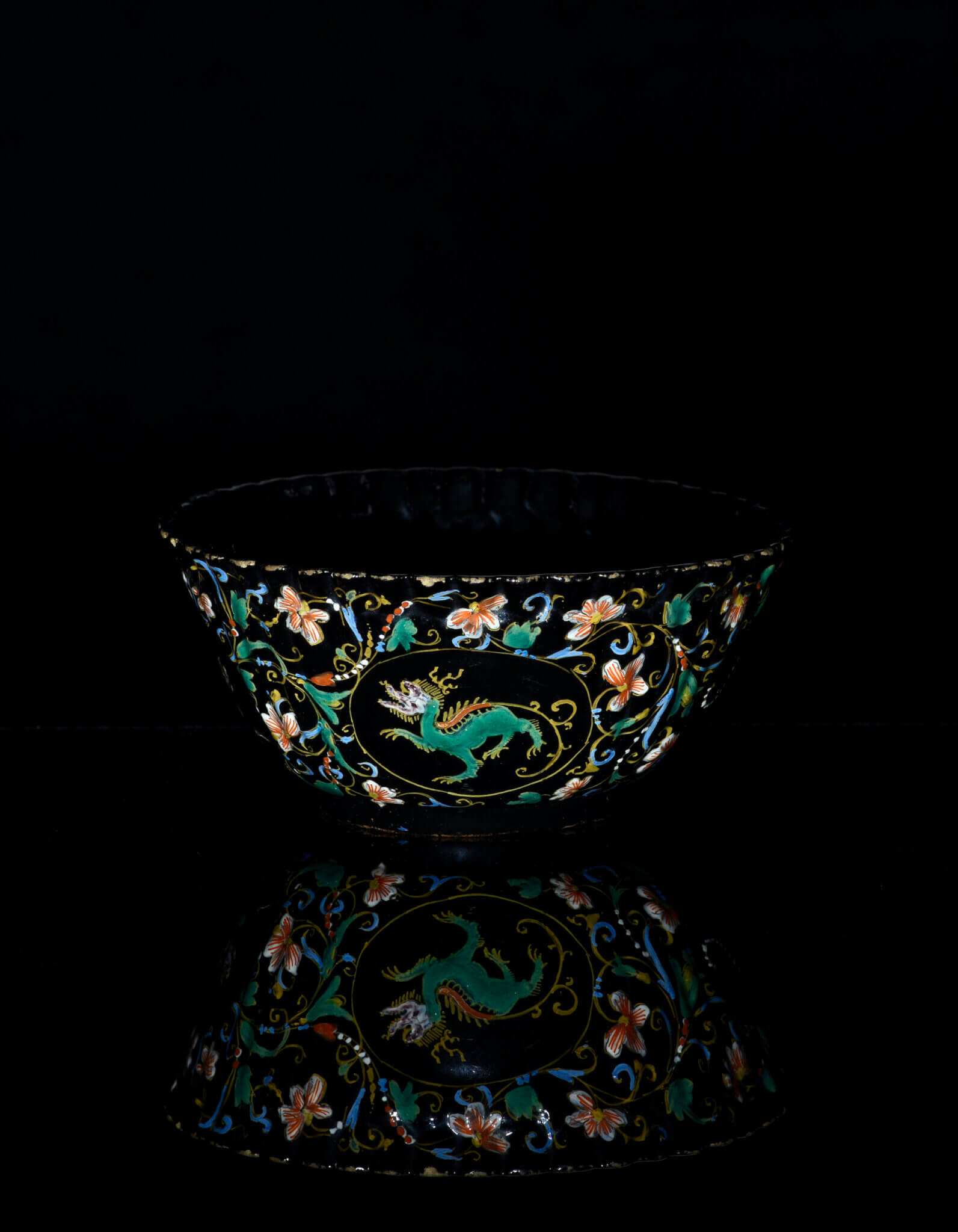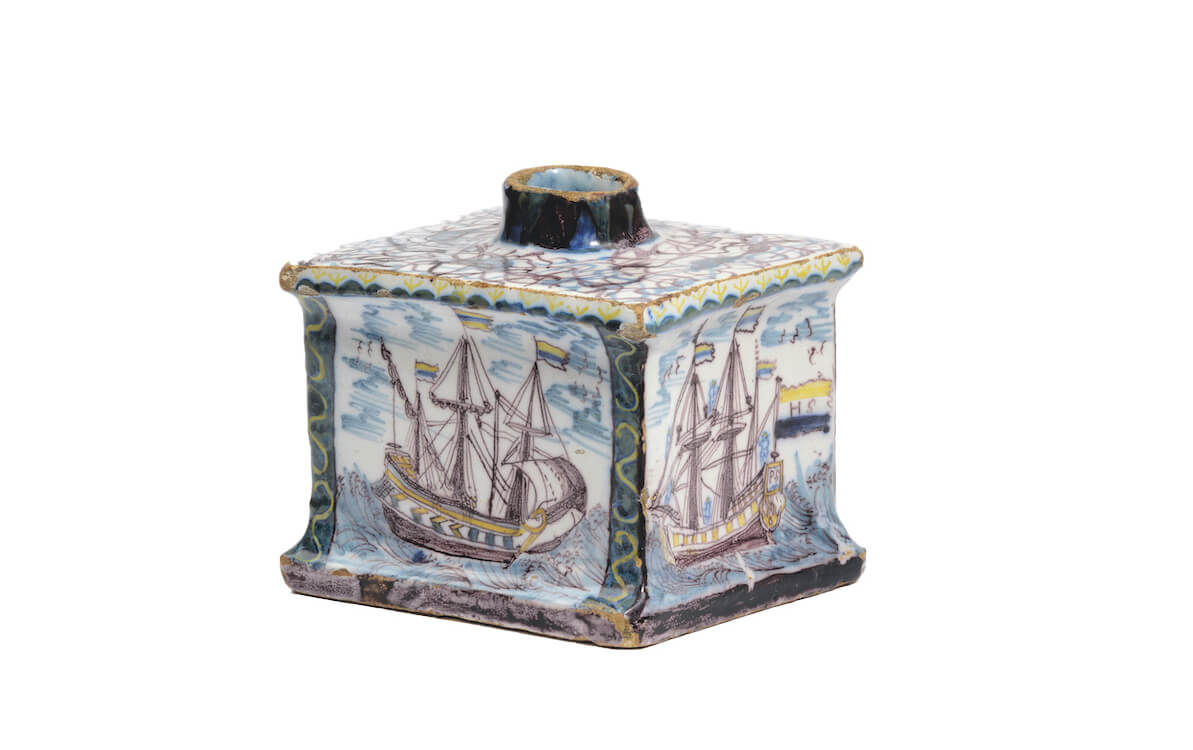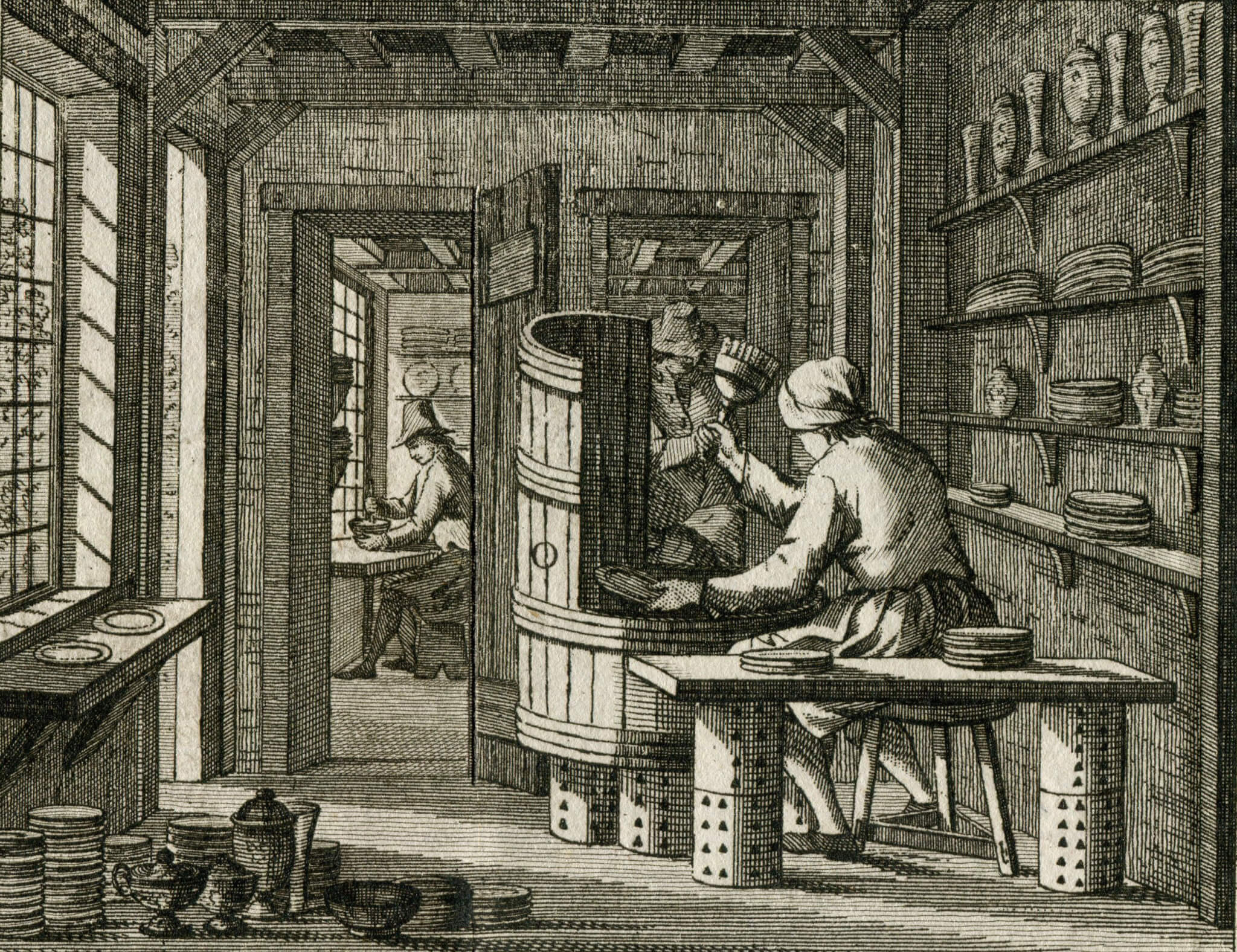De Porceleyne Lampetkan (The Porcelain Ewer) Factory
The history of De Lampetkan, or De Porceleyne Lampetkan factory began in 1609, when Abraham Davidsz. Oosterhouck bought a house called ‘De Burcht van Leyden’ that he transformed into a pottery.1 The factory changed hands many times throughout the seventeenth century. Oosterhouck owned the factory until 1619, and then sold it to Cornelis Harmesz. Valckenhoff,…

